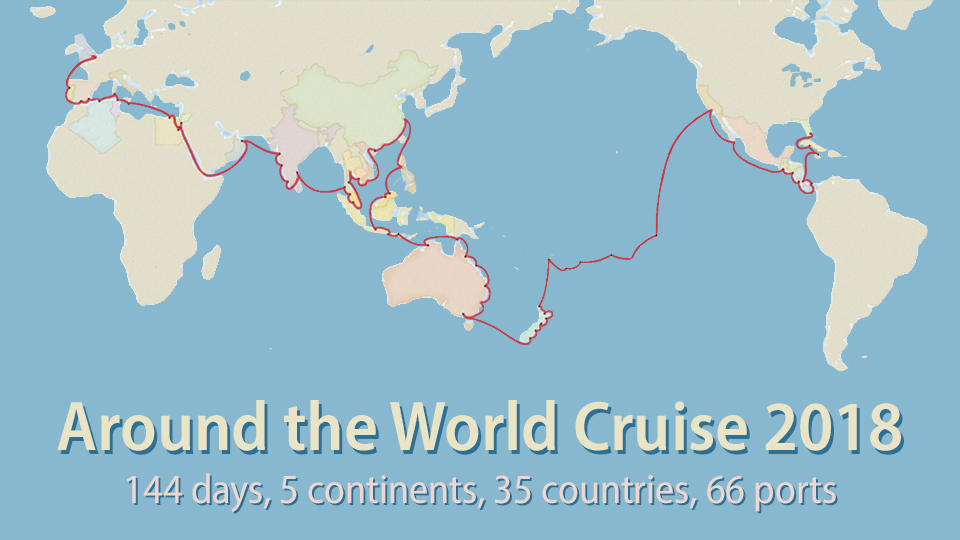We docked in Cartagena on the southeast coast of Spain. Cartagena was founded by the Carthaginians (from modern day Tunisia) in 227 BC and originally named "new Carthage". The city has a Roman amphitheatre and some Islamic architecture from its centuries of rule by the North African Moors. The capital of this region is Murcia, which was founded by the Moors in the 9th century, which has the patron saint St Patrick, because the Moors were defeated on March 17, 1243.
We traveled to Murcia for our included tour of 2 churches and the "casino"in the heart of the city. The land between Cartagena and Murcia is a fertile agricultural area, growing tomatoes, artichokes, oranges, lemons, olives, melons, almonds, wheat and rice.
The Cathedral of Murcia was built over an old Arab mosque between 1394 an 1465. It has a beautiful Baroque exterior and Gothic interior with many ornate side altars. Next we toured the "Casino", a gentlemen's private club with Arabic and European decor and artwork, including several statues of Icarus, whose wings of wax melted when he flew too close to the warm sun. Last, we visited the church of the Virgin of Fuensanta (sacred fountain), which sits on a hill overlooking Murcia. After returning to Cartagena, we toured the old town and had lunch (with Estrella beer) before returning to the ship.
 |
| Cathedral of Murcia |
 |
Entrance to the "casino", a private
gentlemen's club in Murcia |
 |
| the library at the gentlemen's casino |
 |
| ornate ballroom at the casino |
 |
| one of several statues at the casino |
 |
| ceiling painting in the "women's" room at the casino |
 |
| Gothic interior of the Cathedral of Murcia |
 |
| Cathedral of Murcia |
 |
| altar of the Church the Virgin of Fuensanta |
 |
| The Virgin of Fuensanta, the patron of this church in Murcia |
 |
| Church of the Virgin of Fuensanta on the hillside overlooking Murcia |
 |
| A street scene in Cartagena |
 |
| Roman theatre that is being excavated in the heart of Cartagena |




















































